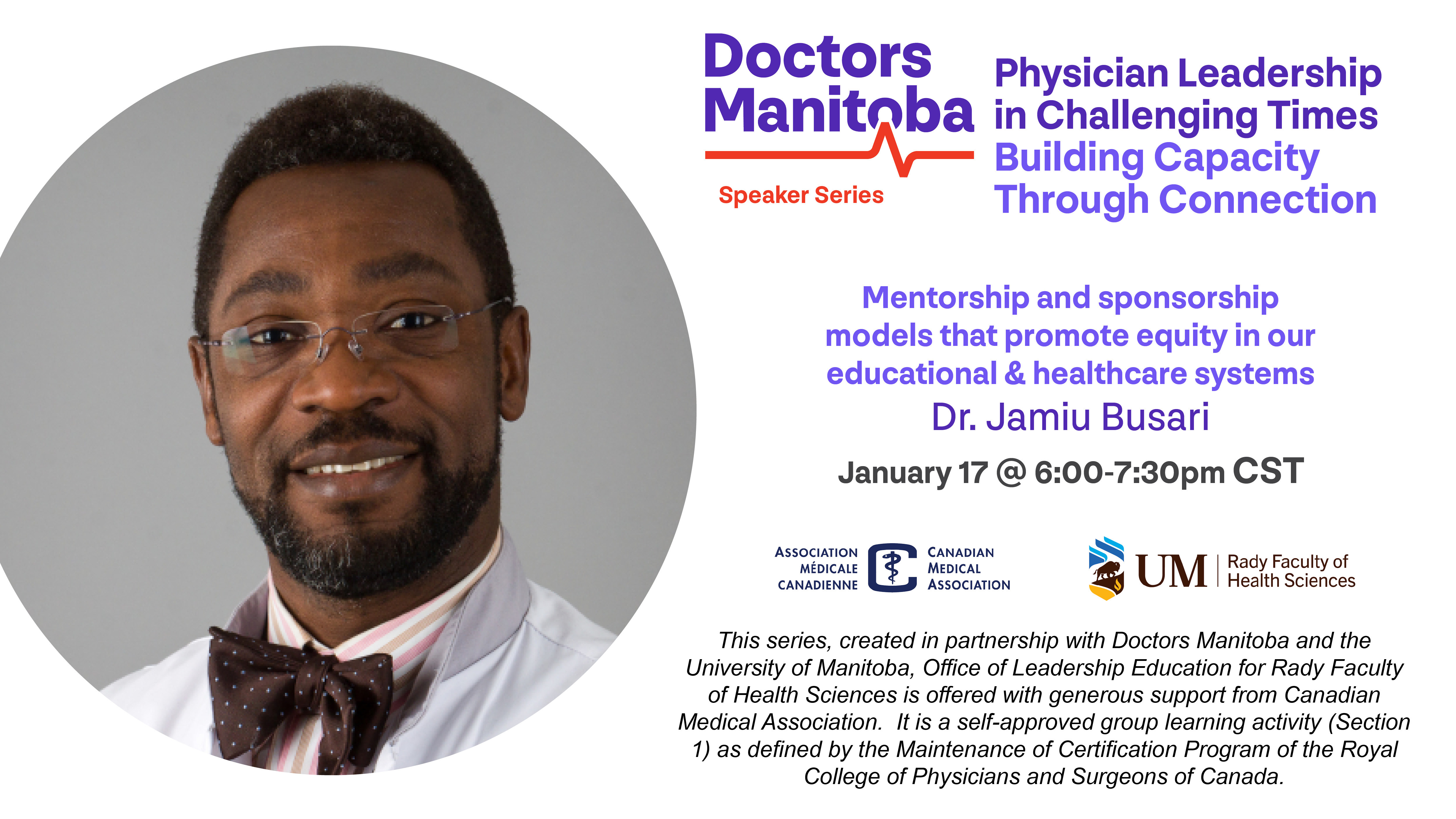Yesterday, the government signaled the need to shift from trying to contain COVID-19 to mitigating the risks it poses to Manitobans. No new restrictions were announced, but existing restrictions are remaining. Current restrictions are scheduled to be in place until February 1.
According to Bank of Canada monitoring of restriction stringency, Manitoba’s restrictions are slightly more stringent than the national average, though four other provinces were ranked as having more stringent restrictions than our province.
Schools to resume in-person classes Monday
Public health and education officials announced a shift in approach for monitoring COVID-19 in schools today.
In announcing the changes, Dr. Brent Roussin reviewed the risks to children from COVID-19. Since December 1, there have been 6,700 cases among individuals under the age of 18. Of these, 46 were admitted to hospital, a hospitalization rate of 0.7%, though only 15 of these admissions were due to COVID-19 or because a condition was made worse by COVID-19, which is a hospitalization rate of 0.2%. That hospitalization rate is different across different age groups: for children age 0 to 4 years, the rate was 0.58%. For children age 5 – 11, it was 0.18% and for children age 12 – 18, the rate was 0.11%.
This is similar to the findings released yesterday by the Ontario Science Table, which also reviewed other evidence to inform return-to-school decisions and approach.
Dr. Roussin explained that the nature of the Omicron variant, including its shorter incubation period and increased infectiousness, makes case and contact tracing less effective tools. Because of this, the public health focus in schools is shifting to reflect the current situation.
Schools will report absenteeism and self-reported COVID-19 cases. Confirmed cases will continue to reported on the public online dashboard. Public Health will use this information to monitor for increased transmission above levels expected in the community. Where there is increased absenteeism, case counts or operational concerns, Public Health will investigate and provide guidance to schools. This could include:
- A period of broader asymptomatic rapid testing for teachers, staff and/or students.
- Other preventive measures such as reducing higher-risk activities.
- A shift to a seven-day period of remote learning for a class, cohort or entire school.
When asked about parents or teachers who may feel the shift is abrupt or premature, Dr. Roussin stressed Public Health will still be highly involved and closely monitoring schools. “We haven’t given up, and neither should you,” he said.
Other preventive measures in place include distributing medical grade masks in schools, making rapid tests available to K‑6 students before their return, enhanced cleaning measures, hand hygiene reminders, and ensuring physical distancing “to the greatest extent possible.” Improvements have been made to ventilation, though details were not provided. You can watch today’s press conference here.
Your Views on Restrictions and Return-to-Classes
We want to hear your views on the government’s public health restrictions and return-to-school plan, as well as what your top concerns are right now about the health care system.
→ Take this two-minute survey now to share your views.
We will share a summary with provincial officials.
